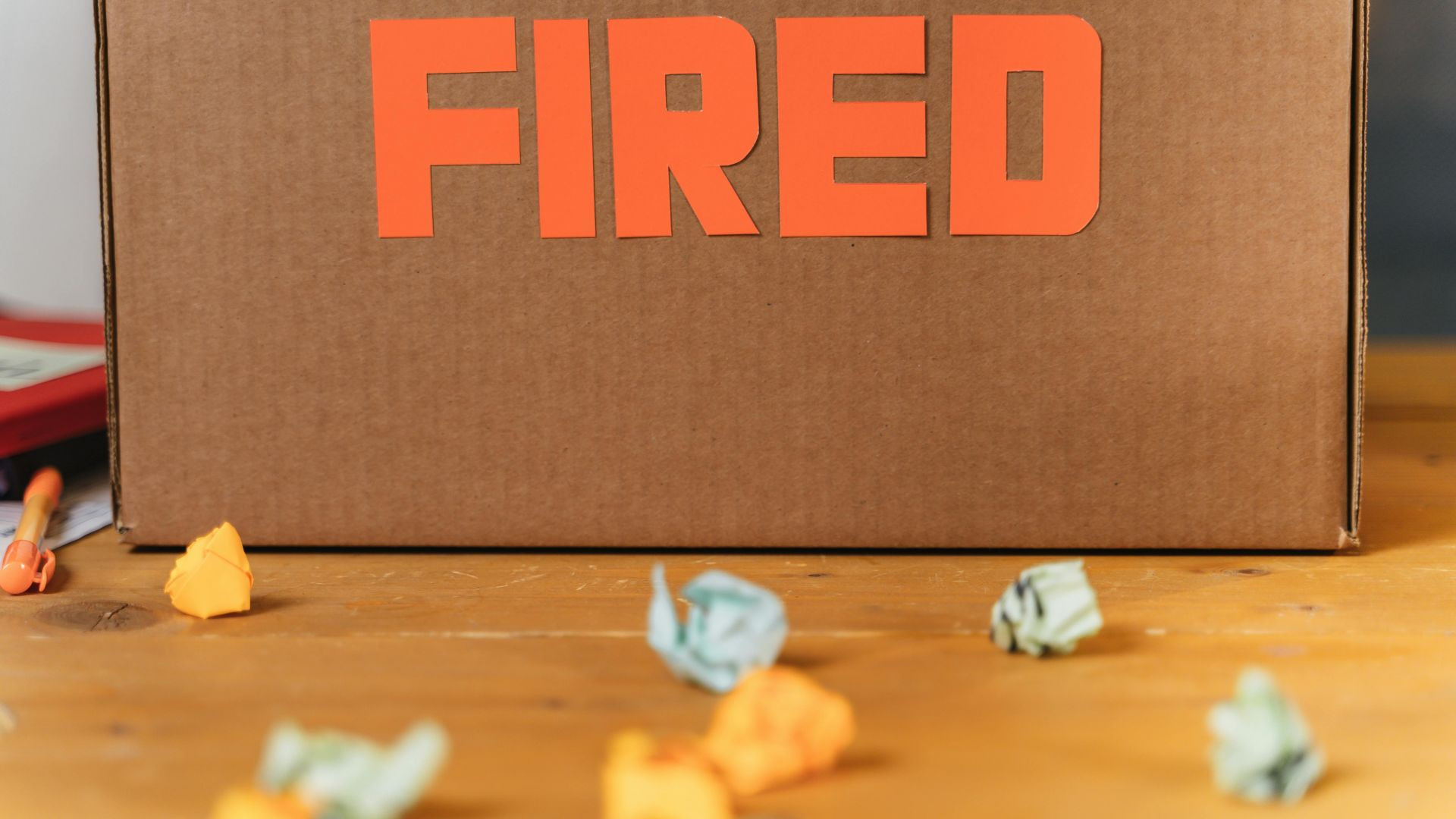An emergency fund is a crucial component of a healthy financial plan. It acts as a safety net, providing financial security and peace of mind in the event of unexpected expenses or financial hardships. This article explores the importance of emergency funds, how to build one, and strategies for maintaining it.
Why Emergency Funds Are Essential
Financial Security: An emergency fund provides a cushion to fall back on during financial emergencies, such as job loss, medical expenses, car repairs, or home maintenance.
Avoiding Debt: Having an emergency fund can prevent you from relying on credit cards or loans to cover unexpected expenses, helping you avoid high-interest debt.
Peace of Mind: Knowing you have a financial safety net reduces stress and anxiety, allowing you to focus on other aspects of your life.
Flexibility: An emergency fund gives you the flexibility to make better financial decisions without the pressure of immediate financial concerns.
How Much Should You Save?
The amount you need in your emergency fund depends on your personal circumstances, including your income, expenses, and financial obligations. A common guideline is to save three to six months’ worth of living expenses. However, this can vary:
- Single Income Households: Aim for six months of living expenses.
- Dual Income Households: Three to six months may be sufficient, depending on job stability.
- Self-Employed or Freelancers: Consider saving six to twelve months of expenses due to potential income fluctuations.
Steps to Building an Emergency Fund
Set a Goal: Determine how much you need to save based on your living expenses and financial situation. Break it down into smaller, achievable milestones.
Create a Budget: Review your income and expenses to identify areas where you can cut back and allocate those savings to your emergency fund. Use budgeting tools like Mint or YNAB (You Need A Budget).
Open a Separate Savings Account: Keep your emergency fund in a separate, easily accessible savings account. Consider a high-yield savings account from banks like Ally or Marcus by Goldman Sachs.
Automate Savings: Set up automatic transfers from your checking account to your emergency fund to ensure consistent contributions. Start with a manageable amount and increase it over time.
Save Windfalls: Allocate any unexpected income, such as tax refunds, bonuses, or gifts, directly to your emergency fund.
Reduce Non-Essential Spending: Cut back on discretionary expenses like dining out, entertainment, or subscriptions, and redirect those funds to your emergency savings.
Track Your Progress: Regularly monitor your savings to stay motivated and ensure you’re on track to reach your goal. Use financial apps like Personal Capital to track your progress.
Strategies for Maintaining Your Emergency Fund
Replenish After Use: If you need to dip into your emergency fund, prioritize replenishing it as soon as possible. Adjust your budget temporarily to rebuild your savings.
Keep It Accessible but Separate: Ensure your emergency fund is easily accessible in case of urgent needs, but avoid keeping it in your checking account to prevent accidental spending.
Avoid Temptation: Use your emergency fund strictly for genuine emergencies. Define what constitutes an emergency to avoid unnecessary withdrawals.
Regularly Review and Adjust: Periodically reassess your financial situation and adjust your emergency fund goal as needed. Life changes, such as marriage, having children, or buying a home, may require a larger fund.
Continue Contributions: Even after reaching your initial goal, continue making regular contributions to account for inflation and changing expenses.
Common Mistakes to Avoid
Underfunding: Not saving enough can leave you vulnerable during emergencies. Aim to meet or exceed your savings goal.
Using for Non-Essentials: Avoid dipping into your emergency fund for non-essential purchases or discretionary spending.
Neglecting Regular Contributions: Consistent saving is key to building and maintaining a robust emergency fund. Automate savings to ensure regular contributions.
Not Keeping It Separate: Mixing your emergency fund with other savings or checking accounts can lead to unintentional spending. Keep it in a dedicated account.
Failing to Reevaluate: Regularly review and adjust your emergency fund to reflect changes in your financial situation and cost of living.
Conclusion
Building and maintaining an emergency fund is essential for financial stability and peace of mind. By setting a savings goal, creating a budget, automating contributions, and regularly reviewing your fund, you can ensure you’re prepared for unexpected expenses and financial challenges. An emergency fund is a cornerstone of sound financial planning, providing the security and flexibility needed to navigate life's uncertainties.
For more tips on personal finance and building an emergency fund, visit NerdWallet and The Balance.










